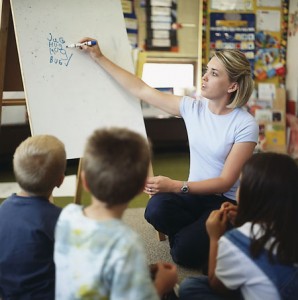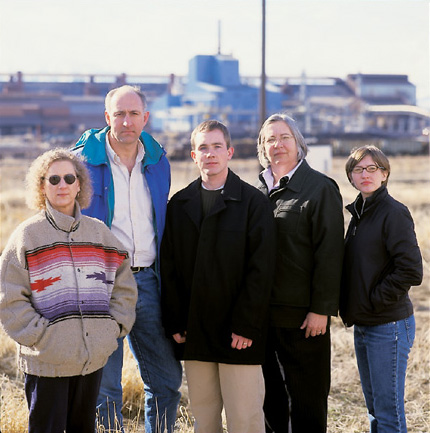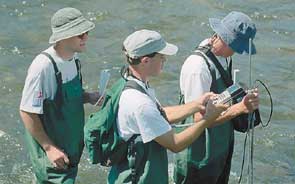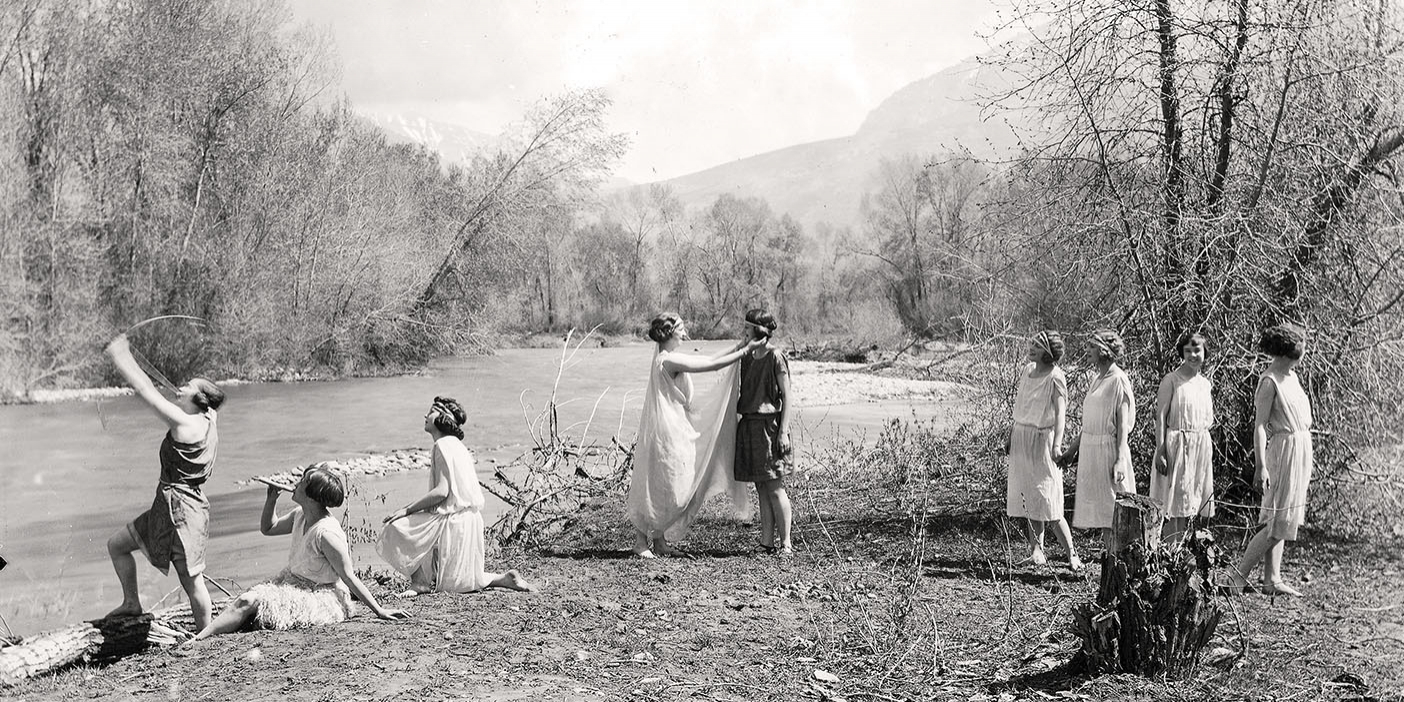When Barbara Culatta came to BYU a few years ago, she quickly learned that there was an unusually large amount of resources available for funding student research assistants.
It is quite the opposite of the university she came from in Rhode Island, and that’s because BYU has an unusual focus among universities—it wants students, graduate and undergraduate, to work alongside and be mentored by professors.
“There is now going on here an unusual experiment, unusual in higher education,” Elder Henry B. Eyring of the Quorum of the Twelve Apostles and Church commissioner of education said in a March 2002 devotional address. “An undergraduate university is involving its students in the professional work of its faculty, so there are measured learning opportunities for thousands of students.”

Through BYU funding for mentored learning, Barbara Culatta has created an environment where her students can participate alongside her in research and teaching. Photo by Bradley Slade.
Each semester between 10 and 15 of those students work with Culatta, a professor of audiology and speech-language pathology. They help her implement, study, and evaluate a literacy program she developed for at-risk children. She teaches her student assistants what to do and gives them a year in a preschool or kindergarten classroom to get it down. Then she lets a seasoned student take an administrative role to help organize, supervise, and train the next year’s crop of teachers.
Thus a professor teaches a seasoned student, who then teaches novice students, who then teach preschool students.
“It’s wonderful to watch my students bloom and assume more responsibility,” Culatta says.
For Culatta it has created a situation where, with the help of her students, she can keep her literacy research clipping along while she continues to teach courses in speech-language pathology and write grants for the next round of funding.
For her students it means an academic experience they just can’t get taking notes in the classroom.
“I get so much more application out of it,” says Maren Richter Reese, ’01, a graduate student in speech-language pathology who has worked with Culatta for three years. “You can hear a concept in a classroom, but you really don’t get it until you are working one-on-one with children. It really makes it a lot more relevant and easier to apply. And it’s a lot more motivating.”









